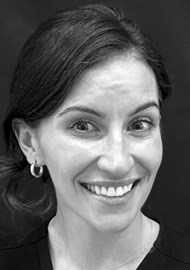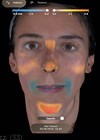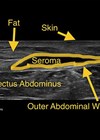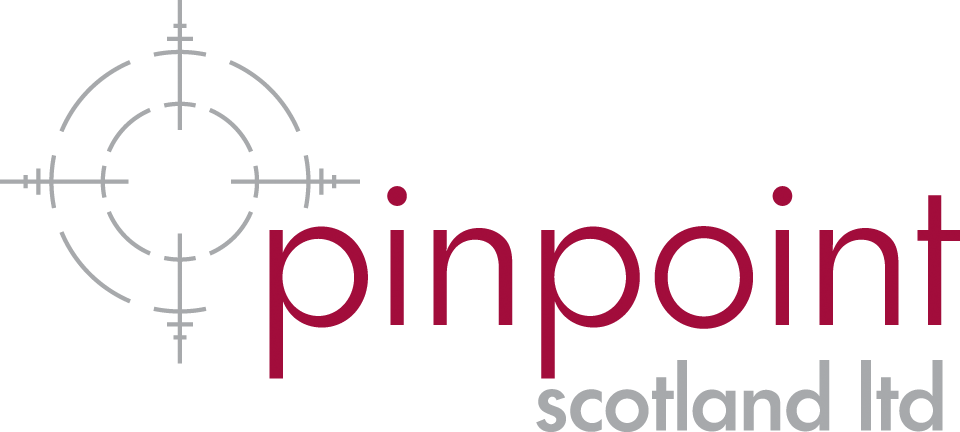As aesthetic practitioners, one of the most powerful tools we can employ for effective anti-ageing consultations is clear visual communication. So, I’ve trialled countless technologies to find a device that brings the nuances of a patient’s face to life.
Aura’s 3D Imaging System achieves this, with its fast, high-quality 3D scans helping revolutionise my clinic’s anti-ageing consultations, helping to build trust during treatment selection, improving clinic techniques, and maximising results.


Bringing clarity to client conversations
Consultations are the first step in a patient’s treatment journey, and good imaging can help to confidently steer clients in the right direction. Aura’s ‘digital twin’ technology enables analysis of the patient’s face from multiple angles, helping to identify key concerns, subtle asymmetries and volume loss that may otherwise go unnoticed. This level of detail can explain why a chin appears off-balance, or how softening a muscle group could reshape the profile. That’s critical for building confidence in treatment recommendations and boosting consultation-to-booking conversions.
Patients also rarely arrive with clear-cut treatment goals. Instead, they say, “I look tired,” or “I don’t recognise myself anymore.” These are not technical diagnoses, so imaging technology can bridge this communication gap by offering objective 3D visuals and bringing clarity to patient-practitioner discussions. A recent patient, for example, came in with vague concerns about her cheeks, having read online about cheek pad separation. Aura supported my descriptions of what was actually happening to her face.
Addressing multiple aspects of ageing
I always break down ageing into three key targets during consultations: skin quality, muscle dynamics, and structural changes, and using imaging helps me illustrate these beautifully:
- Skin: helps identify surface-level concerns like redness, textural changes, and photodamage. This is useful for planning treatments, as these issues often respond well to lasers, injectables, or skincare.
- Muscle: captures dynamic expressions, including those caused by frowning and jaw clenching. This helps pinpoint where treatments such as toxin injections should be placed.
- Structure: by clearly showing volume changes, patients can appreciate how their face has changed with age, and grasp why certain treatments are more appropriate.
Building client confidence
Another advantage is how collaborative the technology makes consultations. Instead of having a patient stare uncomfortably into a mirror, we can review the imagery with them side-by-side. This empowers clients to feel part of the decision-making process, while avoiding confusion. For example, I had one patient who was particularly anxious as she felt her face had collapsed after weight loss. She was reassured by the precise mapping, allowing us to suggest targeted treatments without overwhelming her.
Standardising before-and-afters
Unlike traditional photos, which can feel invasive or confronting, 3D scans are fast and user-friendly, while still capturing clinically beneficial results. You can achieve high-quality imagery in seconds without the need for perfect positioning and it uses standardised lighting for accurate capture. Plus, the technology is so intuitive every team member can use it independently, removing the stress from getting ‘the perfect shot’ and freeing my own time to deliver more treatments.
Showcasing subtle results
The trend towards natural results isn’t abating, but subtle changes are harder to quantify. High-definition scans make even small improvements visible, providing reassurances to clients and reinforcing trust in you as a practitioner. In one standout case, I treated a woman with just Botulinum toxin to the lower face and achieved a dramatic change in facial symmetry that traditional photos would have missed.
Equally, despite treatments, the ageing process doesn’t just stop. Skin maintenance is like fitness – you need to work harder to maintain it with age. 3D scans thus encourage patients to see beyond their current concerns, mapping their face in follow-up consultations to let anti-ageing plans evolve. This continuously supports client goals and provides repeat business for your clinic.
Ultimately, using Aura has enhanced my consultations by building trust, improving treatment planning, and bringing high-quality results to life. For me, that’s what great aesthetic medicine is about. That’s why I believe imaging technology will soon become the minimum standard in aesthetics. And, as these platforms evolve, soon it will feel outdated to even think about changing someone’s appearance without 3D models.
Declaration of competing interests: None declared.







